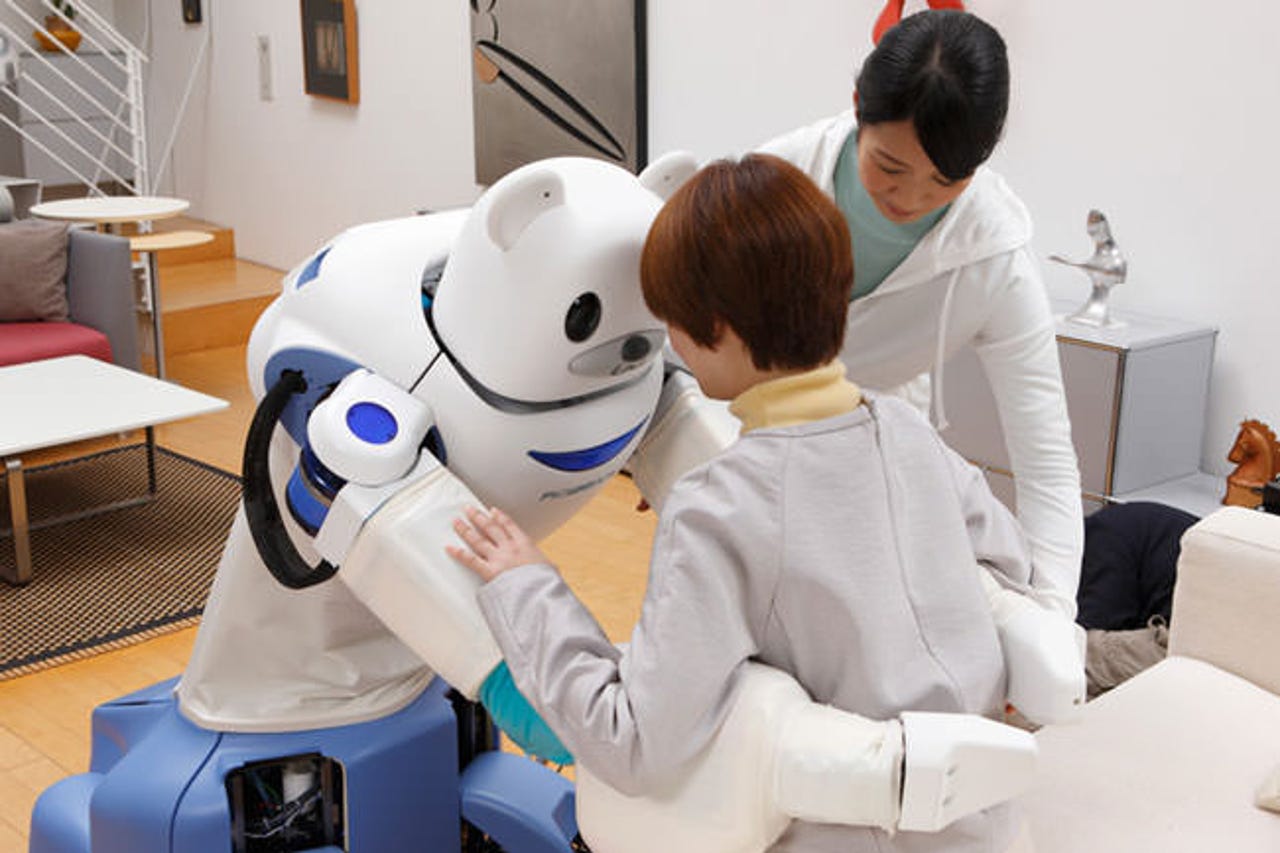Home care robotics market set to quadruple


A home care robot bear from Japan. Because ... Japan.
A new report from ABI Research forecasts an explosion in the home care robotics market, which will more than quadruple, reaching $5.9B by 2025.
Home care robotics is a broad sector and consists of a number of products focused on single tasks, such as floor care, lawn care, and pool care. Thanks to the pioneering Roomba, the vast majority of these robots are floor care machines, which include vacuum cleaners, floor washers, and hybrid products. Not surprisingly, iRobot is the market leader.
One of the big changes ABI predicts within the home care robotics market is connectivity.
"The days of unconnected consumer robotics products are numbered," says Philip Solis, Research Director at ABI Research. "Wi-Fi is rapidly becoming standard technology in home care robots, beginning with floor cleaners. Today, wireless connectivity merely allows robot systems to be controlled and monitored remotely, but looking forward, their connectivity, mobility, sensors, and functionality, such as machine vision, will expand their capabilities as part of the smart home."
Robotics
Like every other piece of technology you've heard about in the last year or so, it's all about the smart home. "This connectivity will allow home care robots to interface with smart home systems, including security systems, environmental controls, and remote services. This will in turn expand the functionality of both the smart home systems and the robots themselves, driving adoption rates for both in the process."
The industry is on the verge of a big change, with robotics benefiting from component technology developed for smartphones and from the surging cloud-based services sector. "The industry is in the midst of a long-anticipated leap from standalone robots to robots that are part of an expanded and more integrated smart home ecosystem," according to the report.
Other notable findings include the fact that consumer robotics shipments are expected to increase fivefold between 2016 and 2025. In addition, Wi-Fi attach rates for home care robots are expected explode over the next five years, reaching nearly 100% by 2020.